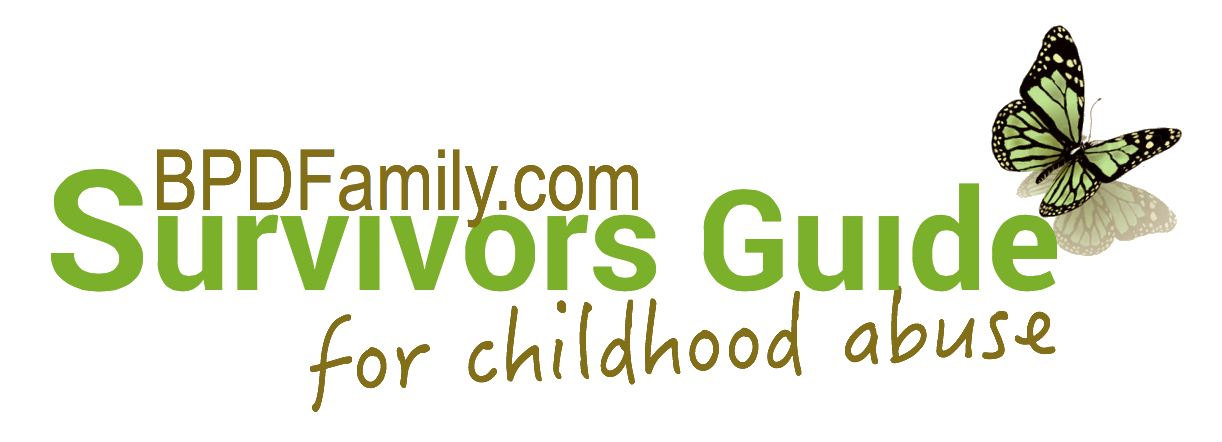 |
|
I accept that I have the right to be who I want to be and live the way I want to live. |
|
Mourning [Step 13]: This step marks the separation of your new self from your parents and family and permits you to make conscious choices about your life, free of guilt and the lack of entitlement that characterized your past. Ultimately, survivors must accept and protect their right to self-determination: to be the persons they want to be, to live the life they want to live and to be treated the way they want to be treated. Working through the abuse and coming to feel entitled to define your own life means that your true identity as a person is beginning to emerge. When you complete this step, you will have acknowledged and affirmed your right to make choices that reflect your personal preferences: your values, how you spend your time and money, and with whom you share your life Ø and your body.
Once you have made the voice of the "new you" heard, you will need to protect it, as a parent should protect a vulnerable child. This is an apt analogy because the wounded child that you reclaimed in Step Seven is now growing up and feeling strong enough to venture out into the real world. If someone tries to invalidate you or expects you to behave in old passive, aggressive or maladaptive ways, you can protect that newly-emerging self by asserting your new identity. Many people not just survivors have difficulty distinguishing between assertiveness and aggressiveness. Assertiveness is a skill and a tool that can help you in your daily life. On the other hand, aggressiveness rarely gets you what you want, and is at base an abusive way of acting towards others. While this manual doesn't have space to present a full discussion of the differences between the two, the following may help you to differentiate between them. If you are interested in learning more, there are numerous books and courses on assertiveness training that you may want to investigate. It is perhaps easiest to think of assertiveness and aggressiveness as being points on a continuum or scale. The left-hand end of the scale would be victim-like behavior, and the right-hand end would be overt aggression or even perpetrator-like behavior. In other terms, the left-hand end is a passive, powerless point, and the right-hand end is a very active, powerful, even violent one. Assertiveness lies somewhere around the middle of the scale. Think of it as a fortifying, anchoring style of behavior in which you make your point or position known in a strong but respectful manner. The term "assertiveness" is usually applied to verbal, rather than physical, behavior, and has been called "neutralized anger." On the other hand, aggressiveness, which generally takes the form of actions rather than words, is usually violent, intimidating, abusive behavior. It usually succeeds in threatening others, and may get you your desired goal, but it is not a particularly healthy or respectful way of treating others. |
© The Norma J. Morris Center, San Francisco, California